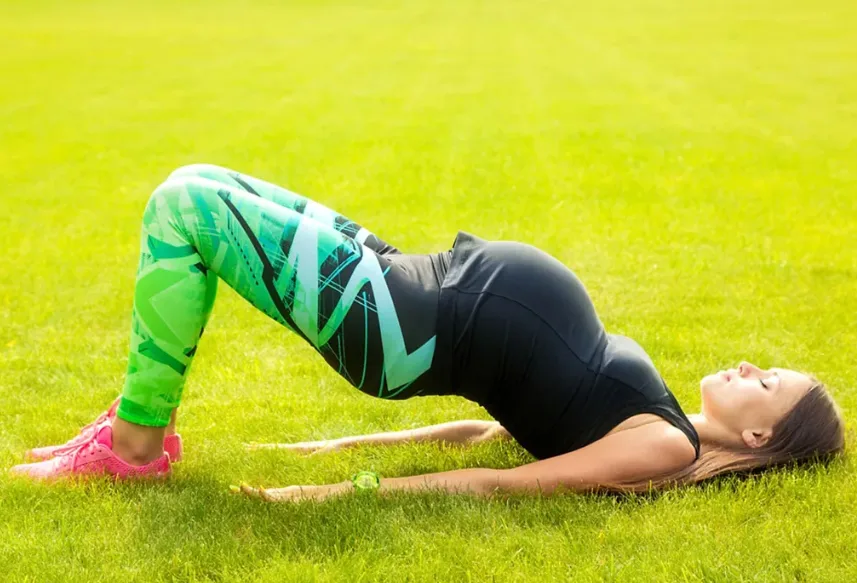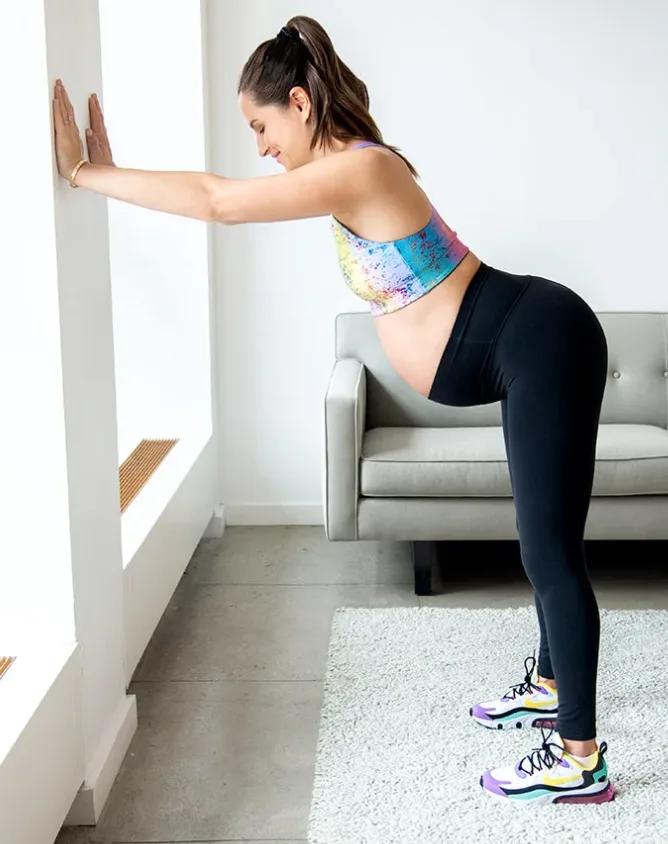
Exercises to induce labor pain naturally can include walking or dancing, as these movements move the hips and facilitate the baby’s head to sit low in the woman’s pelvis.
Pregnant women, on the other hand, should exercise throughout their pregnancy rather than only in the days leading up to birth. Regular exercise helps strengthen the pelvic floor and helps the body prepare for labor and delivery.
Did you know?
However, are they effective? According to doctors, they can, but only if your body is truly preparing for labor. According to Kathy Fray, a midwife and maternity consultant in Auckland, New Zealand, “no amount of exercise will induce labor if a woman’s cervix isn’t ripe—that is, soft and ready for dilation.”
The body usually starts preparing for labor about 37 weeks of gestation, and natural childbirth is a normal process. Uneven contractions are felt throughout this period, and they eventually tend to get stronger and more regular. Ten-minute intervals between contractions are typically indicative of an impending birth.
Exercises to induce labor pain can be done during the first phase of labor. These can lessen labor discomfort, increase dilatation, and enhance blood flow to the pelvis. To find out if these workouts are appropriate for you, consult your OBGYN.
What you gain in this article
The following are a few exercises that can cause labor and delivery:
Exercises to induce labor pain naturally
1. Walking

During the initial stages of labor, walking is an excellent form of exercises to induce labor pain naturally. By increasing the frequency of contractions, it can lessen the duration and agony of labor. Women are able to walk in between contractions, but they should be aware of their limitations and pause when necessary.
Walking in the latter stages of pregnancy can help raise the likelihood of spontaneous labor commencement, reducing the need for labor induction or C-section scheduling. The Bishop score, a metric used by obstetricians to evaluate the baby’s and cervix’s development as well as the likelihood of a vaginal birth when labor is induced, can also be improved by walking.
2. Engaged Breathing

As you breathe regularly, you usually contract your abdominal muscles as you exhale. However, if you’re attempting to induce labor, you should use your diaphragm and core when you breathe in through your nose and “try to hug baby with your abdominal muscles,” according to Green. Hold your breath for a moment, then gently release it through your mouth. When you exhale, you should feel calm and visualize the baby pushing down.
3. Dancing

Women can also dance to help the baby move down into the pelvis during the first period of labor since rhythmic motions and grabity can aid. And it can be one of the most usable exercises to induce labor pain.
4. Pelvic stretch on the ball

Using a yoga ball to stretch the pelvis is another activity that can be performed during the early stage of labor. It facilitates the baby’s descent, promotes dilatation for a healthy birth, and increases blood flow to the pelvic.
Sitting on a yoga ball with your legs spread wide and your feet flat on the floor will help you extend your pelvis. Roll your hips forward and backward, or slowly rotate them in circles.
5. Butterfly Pose

Because butterfly posture increases pelvic flexibility and blood flow, it is one of the effective exercises to induce labor pain that can be performed during the earliest stages of labor.
With your knees pointing outward, sit on the floor and bring your foot soles together. Pull your heels as near to your body as you can while holding onto your ankles or feet. After ten or so seconds of holding this position, release your tension and do it five more times.
To get the body ready for childbirth, this activity can also be performed during pregnancy. It releases tension in the lower back and stretches the muscles in the legs and back. Additionally, it strengthens the muscles in the pelvis and widens the hips. However, if you have significant knee or lower back pain, stay away from this activity.
As your body adjusts to the main event, it can be very beneficial to perform specific prenatal yoga positions, such as butterfly pose, to induce labor. With your knees wide and your foot soles together, take a seat on the floor. For support, you can put your hands beneath your knees. Sit upright so that your lower back naturally curves (as in cow pose) and extend your chest forward and forward as you inhale. Lean back, round your back, and lower your chin as you release the breath (similar to Cat Pose). Do this five to ten times, or as many times as it feels comfortable.
6. Supported Forward Bend

Look for a solid object that you can grasp, such as a wall, kitchen counter, or stair railing. Your legs should be hip-width apart and parallel to one another. Maintain your support while you bend your knees, extend your hips, and push the tops of your thighs back.
7. Pelvic Tilts

With exercises to induce labor pain, the pelvic muscles can be strengthened and prepared for labor with the help of pelvic tilts. It can be started early in pregnancy and is one of the greatest exercises for a natural labor induction. Start by placing your feet on the floor and bending your knees while lying on your back. Push your pelvis up slowly while flattening your back into the floor. For roughly ten seconds, hold it in this position, then slowly release it. For pelvic strength, do ten minutes of exercise twice a day.
Tips to make labor easier
Apart from activities, the following advice can help ease labor:
- At least once every hour, you should urinate because a full bladder can cause pain and discomfort.
- During contractions, regulate your breathing. Take a deep breath to fill your lungs, then gently exhale through pursed lips.
- To stay hydrated, consume a lot of water.
- To avoid nausea and vomiting during labor, eat small meals and snacks as needed.
- Select a posture that will help you manage your pain during contractions, such as sitting on the floor or getting down on all fours.
- Make sure you stay in a quiet place with little light or noise. Continue to think positively and picture the baby’s delivery approaching with each contraction.
Frequently asked questions
How long should I do squats to stimulate labour?
Can climbing stairs induce labour?
Does jumping induce labour?
Your body will be better prepared for a natural birth if you exercise regularly throughout your pregnancy. They are also a great method to warm up for the strains of childbirth and naturally induce labor. Therefore, don’t be afraid to stay active and see how your birthing process goes!
Also read:


































1 thought on “6 Effective Exercises to induce labor pain naturally”